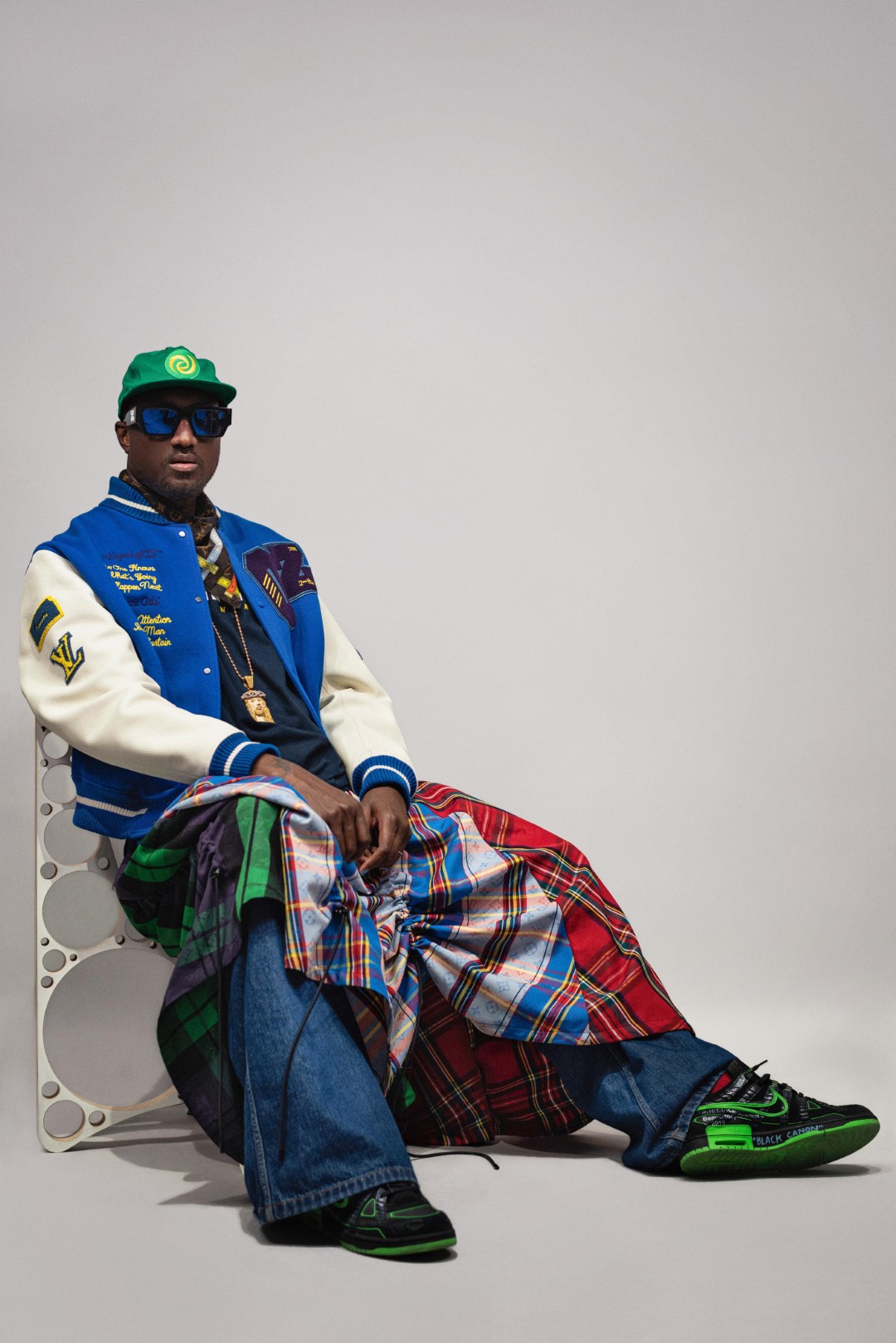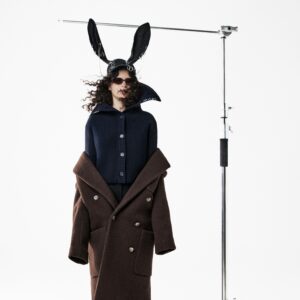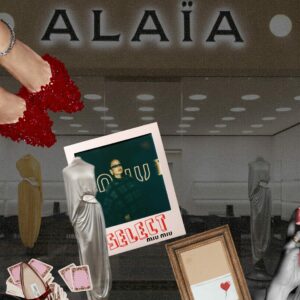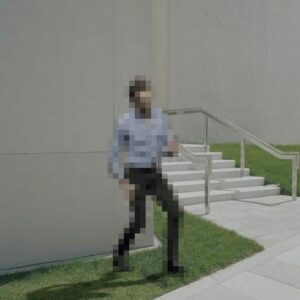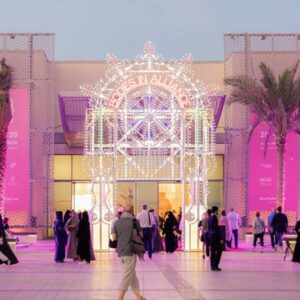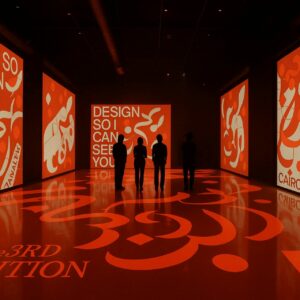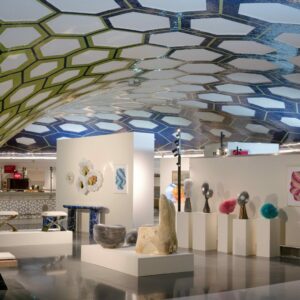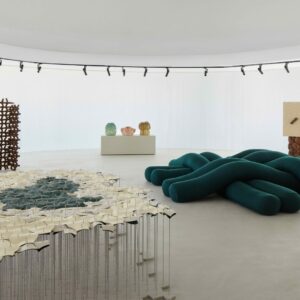Paris has become the stage for a landmark celebration of one of the 21st century’s most influential creative minds. Virgil Abloh: The Codes, running at the Grand Palais until October 10, marks the first major European exhibition devoted exclusively to the late designer’s multidisciplinary work. Organised by the Virgil Abloh Archive in partnership with Nike, the exhibition offers an unprecedented look at nearly two decades of Abloh’s output, illuminating the principles, collaborations, and ideas that made him a transformative figure in fashion, design, art, music, and cultural thought.
Curated by Chloe and Mahfuz Sultan, the exhibition draws from over 20,000 objects from Abloh’s personal archive. Hundreds of sketches, prototypes, images, and personal collections are on display, providing a comprehensive overview of a career that constantly blurred boundaries. Visitors are invited to trace Abloh’s creative evolution, from early experiments in graphic design and furniture to the establishment of Off-White, his groundbreaking work at Louis Vuitton, and his numerous collaborations with artists, musicians, and athletes. Unfinished projects and personal collections are shown alongside completed pieces, offering insight into his process, curiosity, and relentless drive for innovation.
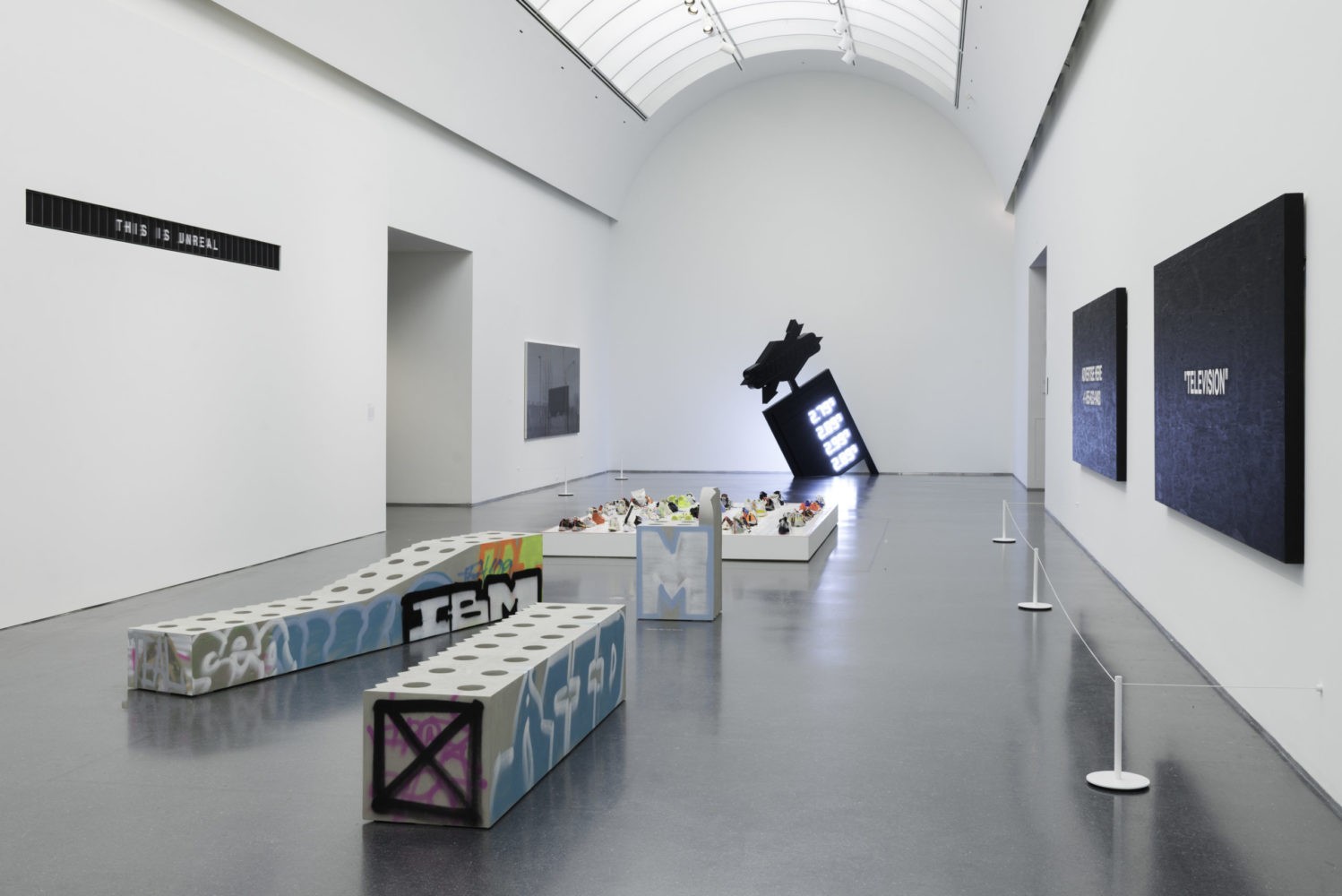
Making the exhibition possible are two organisations dedicated to Abloh’s work. Founded in 2025, the Virgil Abloh Archive preserves and presents over 20,000 objects from Abloh’s career, spanning fashion, design, music, art, and advertising. Beyond documenting his work, the Archive functions as a living resource for creatives, offering opportunities to study, reinterpret, and build upon Abloh’s methods. Through this unprecedented initiative, the Archive makes Abloh’s creative process accessible, cementing his influence for future generations.
Supporting the Archive is the Virgil Abloh Foundation, the philanthropic arm of Virgil Abloh Securities. The Foundation continues Abloh’s lifelong commitment to equity, mentorship, and the expansion of opportunities for underrepresented creatives. Through educational programs, partnerships, and mentorship initiatives, the Foundation fosters inclusive and equitable spaces across creative industries worldwide. Its work ensures that Abloh’s legacy extends beyond objects and designs, influencing systemic change in global creative communities.
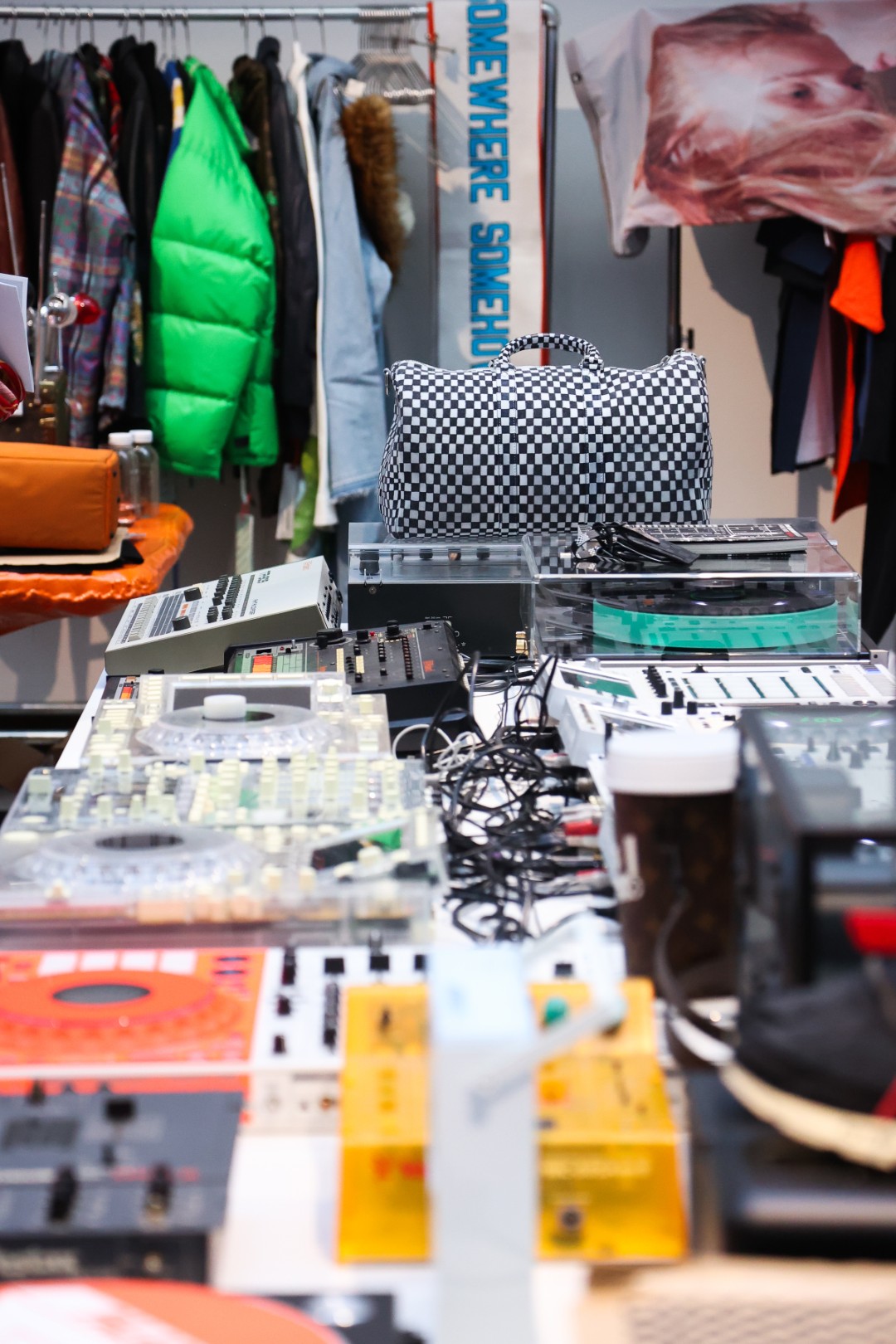
Back to Paris and central to the exhibition are Abloh’s “codes”—the recurring design principles and motifs that threaded through his work and unified his multidisciplinary practice. From deconstruction and re-contextualization to a subtle play of typography and material, these codes reflected Abloh’s ethos of accessibility, collectivity, and cultural dialogue. The exhibition highlights collaborations that exemplified these values, bringing together works with artists, designers, and athletes that reinforced his belief in creative exchange and inclusivity.
“This exhibit was just the beginning of our work to share Virgil’s legacy and principles with the creative community and the broader world,” said Shannon Abloh, CEO and Managing Director of Virgil Abloh Securities, and Founder and Board President of the Virgil Abloh Foundation. “Sharing his personal collection, unfinished projects, and magnum opuses with the public celebrated Virgil’s legacy and his commitment to making information accessible and collaborative. Through the Archive, Virgil lives on as a source of inspiration and a beacon of creative knowledge.”
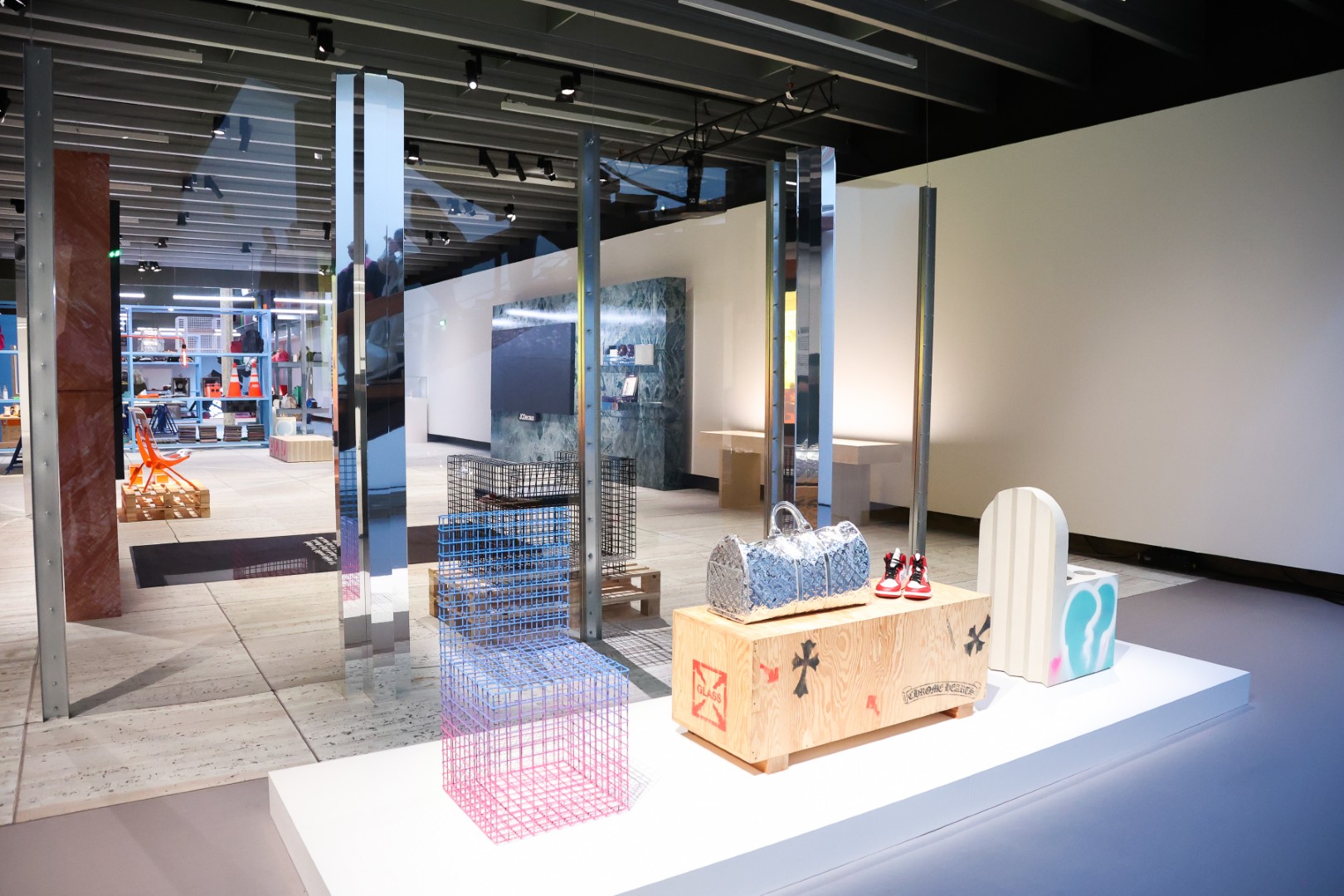
Athiththan Selvendran, COO of Virgil Abloh Securities and Chief Creative Officer of the Virgil Abloh Foundation, added, “The Codes operated as the soul of Virgil’s legacy; they told a story about the creative intention and archival practice that shaped his identity. They reminded us that collectivity and accessibility should be centred in our collaborations and expressions. This was how we kept his legacy alive.”
For Mahfuz Sultan, Director of the Virgil Abloh Archive, the Grand Palais exhibition was both a homecoming and a love letter. “It was an honour to stage two decades of Virgil’s work in Paris,” he said. “This exhibition represented the first chapter of sharing V’s spirit of generosity—his methods, his codes, his ideas—with anyone who wanted to learn from and build on them.”
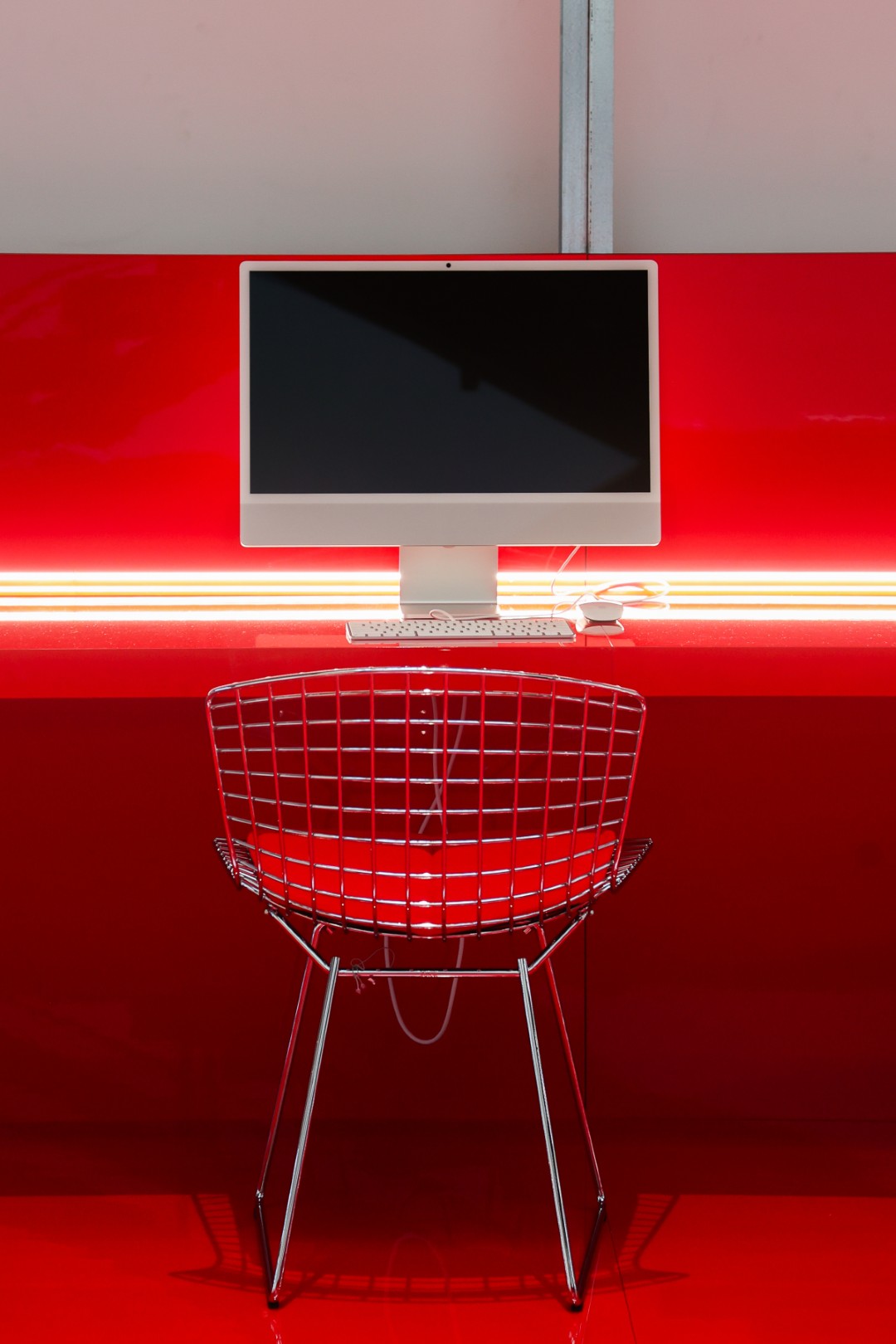
The exhibition is also accompanied by an ambitious program of public initiatives, including workshops, dialogues, performances, and screenings. Visitors are invited to engage directly with Abloh’s methodology through interactive sessions, deep dives into his sketches and prototypes, and conversations with collaborators from across the creative spectrum. These programs reinforce the exhibition’s central ethos: that creativity is not a solitary pursuit, but a collaborative practice, built on openness, mentorship, and exchange.
For visitors, the exhibition is as much about immersion as observation. Carefully curated sequences guided audiences through Abloh’s career, revealing the thoughtfulness behind his aesthetic decisions and the breadth of his cultural references. From Off-White’s first deconstructed streetwear collections to his tenure as artistic director at Louis Vuitton, each gallery space illustrated how his codes evolved, were adapted, and applied across mediums. Multimedia installations allowed visitors to experience the sounds, visuals, and environments that shaped Abloh’s creative universe, bringing the archive to life in a dynamic, sensory-rich way.
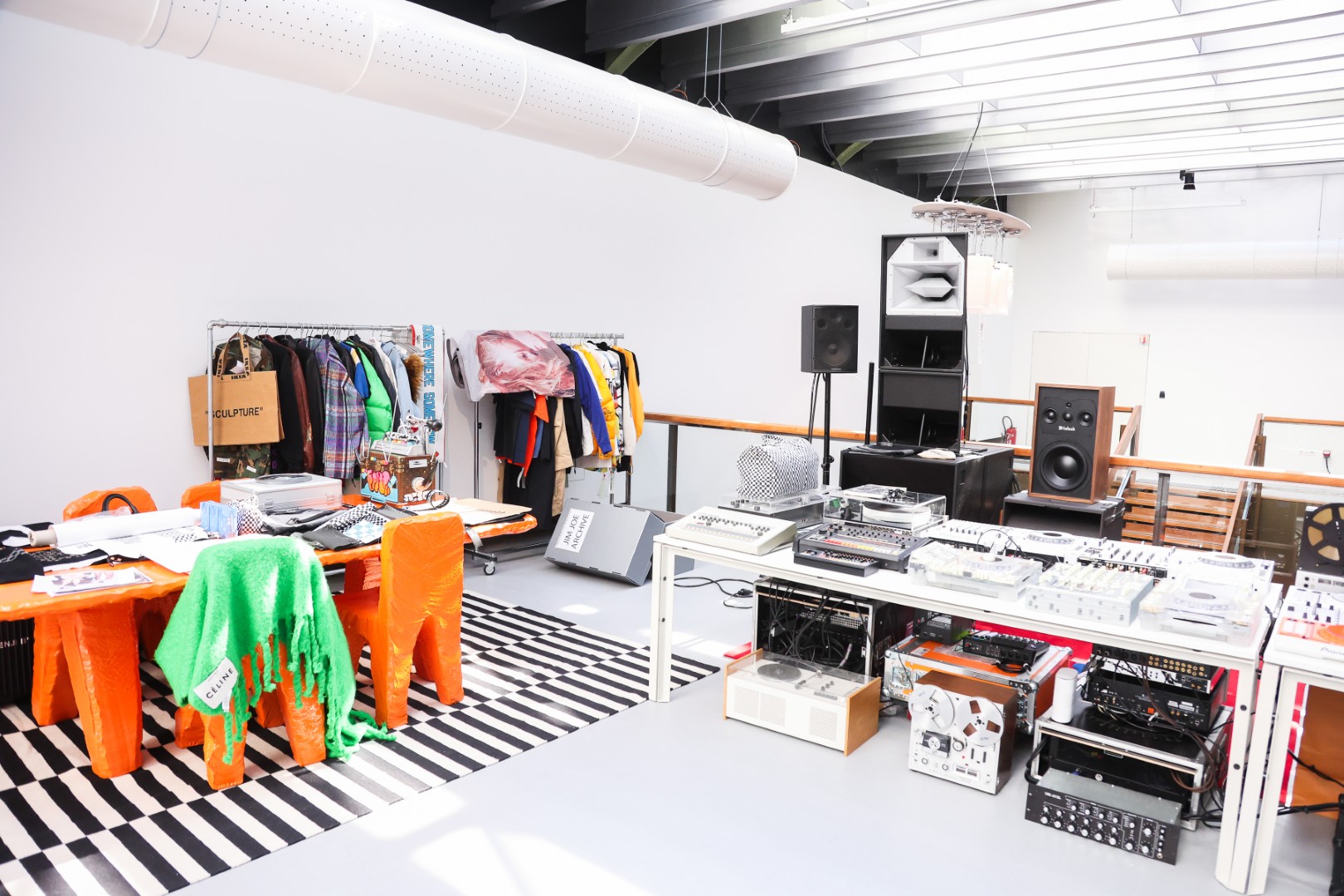
Abloh’s collaborations are given dedicated spaces, highlighting the diversity of his influence, from partnerships with Nike to interactions with contemporary artists and musicians. These installations underscore the collaborative nature of his practice, revealing how he blurred boundaries between high fashion, street culture, and fine art. Visitors can see not only the final products but the iterative sketches, prototypes, and experiments that informed them, a rare opportunity to witness the designer’s working methods up close.
“The exhibition allowed audiences to witness the full breadth of Virgil’s curiosity,” said Shannon Abloh. “It was a reminder that his genius was rooted in relentless exploration, in questioning norms, and in creating spaces where ideas could be shared freely and expanded upon collaboratively.”
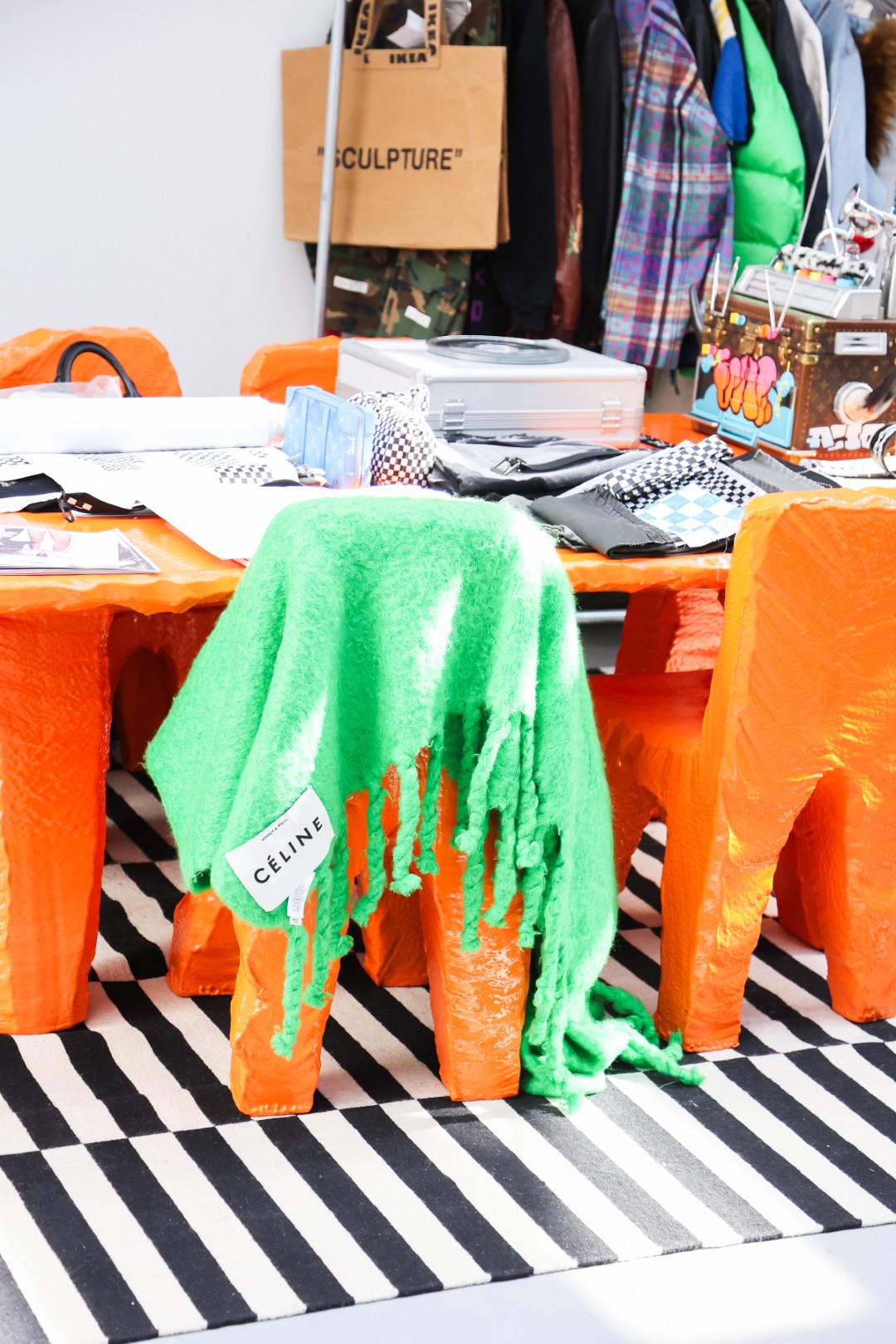
Throughout the Grand Palais, the exhibition’s designs mirror Abloh’s philosophy: open, navigable, and layered with references to his creative codes. The flow between sections encouraged dialogue between disciplines, showing how architecture, graphic design, music, and fashion informed one another in his practice. Even seemingly minor details, such as colour palettes, typographies, and material choices, are curated to illuminate how Abloh used visual language to communicate across fields.
The exhibition is also a celebration of a city that inspired and nurtured Abloh’s vision. It framed the city as both muse and collaborator, highlighting the ways its architecture, art scene, and street culture shaped his work. Visitors are able to experience Paris through Abloh’s lens, seeing familiar streets, buildings, and objects reinterpreted through his codes, bridging the gap between daily life and visionary design thinking.
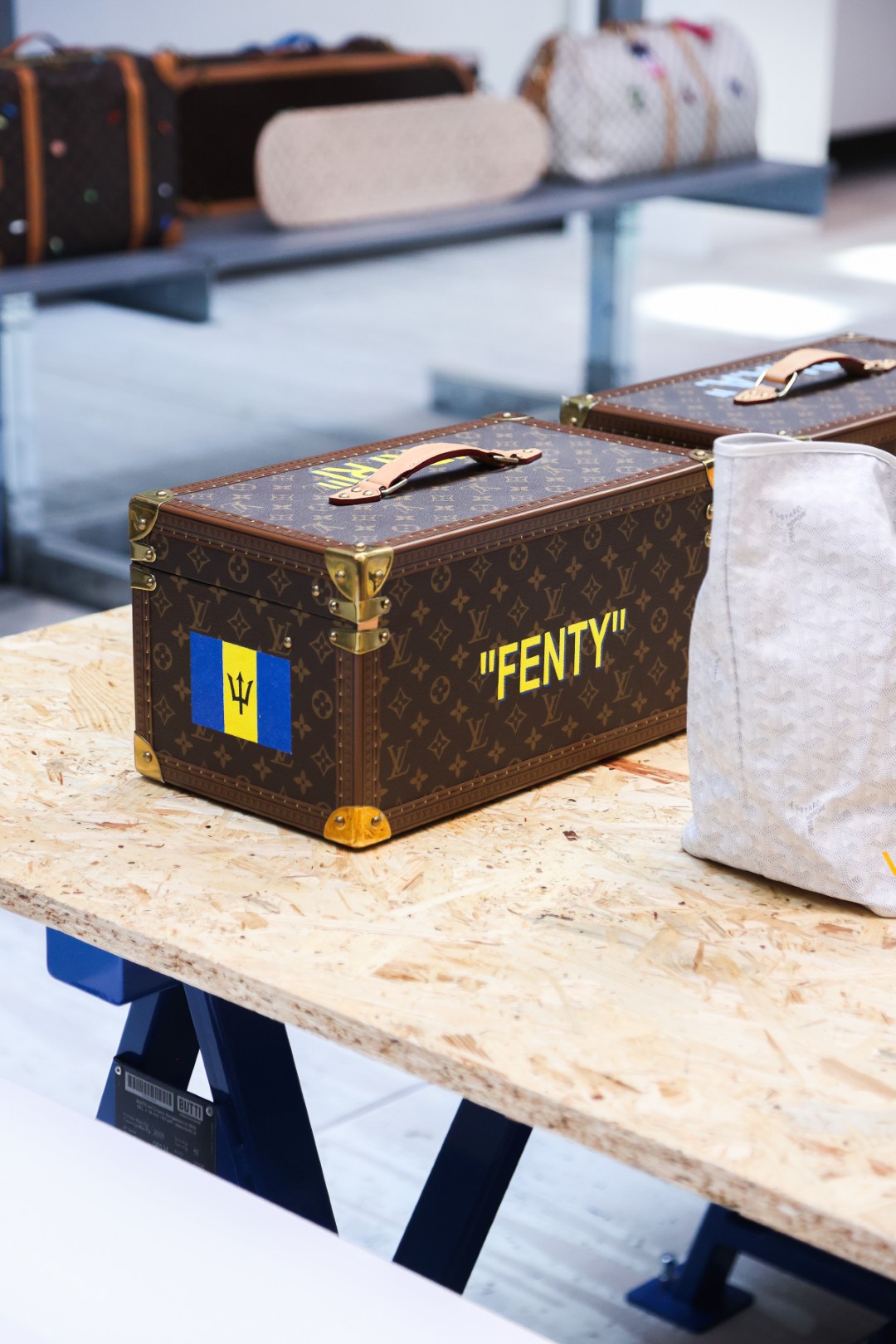
Ultimately, Virgil Abloh: The Codes is more than a retrospective. It’s a portal into a creative universe, an educational resource, and a living testament to a designer who fundamentally reshaped the cultural landscape. Visitors leave with a deeper understanding of his multidisciplinary ethos, and the ways in which Abloh’s principles, openness, collectivity, experimentation, and accessibility, could be applied in their own creative practices.
From early sketches to global campaigns, from personal collections to finished products, the exhibition reveals the throughline of Abloh’s career: a commitment to pushing boundaries, fostering dialogue, and inspiring others to do the same. It’s an invitation to engage with the full spectrum of his work, to understand the codes that guided it, and to carry forward the creative legacy he left behind.
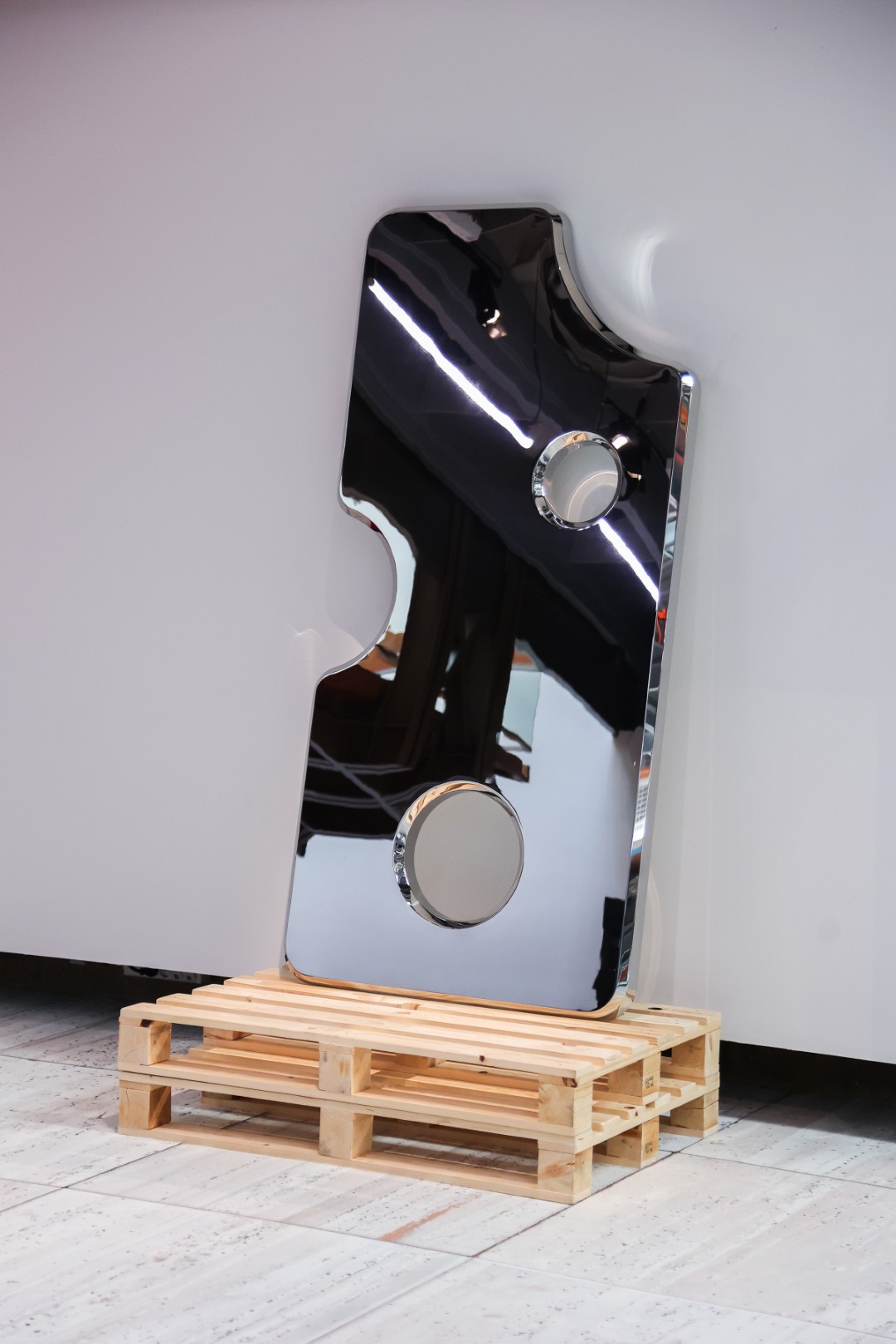
For the broader creative community, Virgil Abloh: The Codes reaffirms why Abloh remains a touchstone for designers, artists, and cultural leaders worldwide. The exhibition’s careful balance of archival rigor, interactive programming, and multimedia storytelling demonstrates that his influence touched not just objects or brands, but ideas and approaches, and that it continues to inspire.
Virgil Abloh: The Codes is not only a celebration of his past work but a blueprint for the future of multidisciplinary, collaborative design, a reminder that creativity thrives when it is shared, studied, and allowed to evolve.
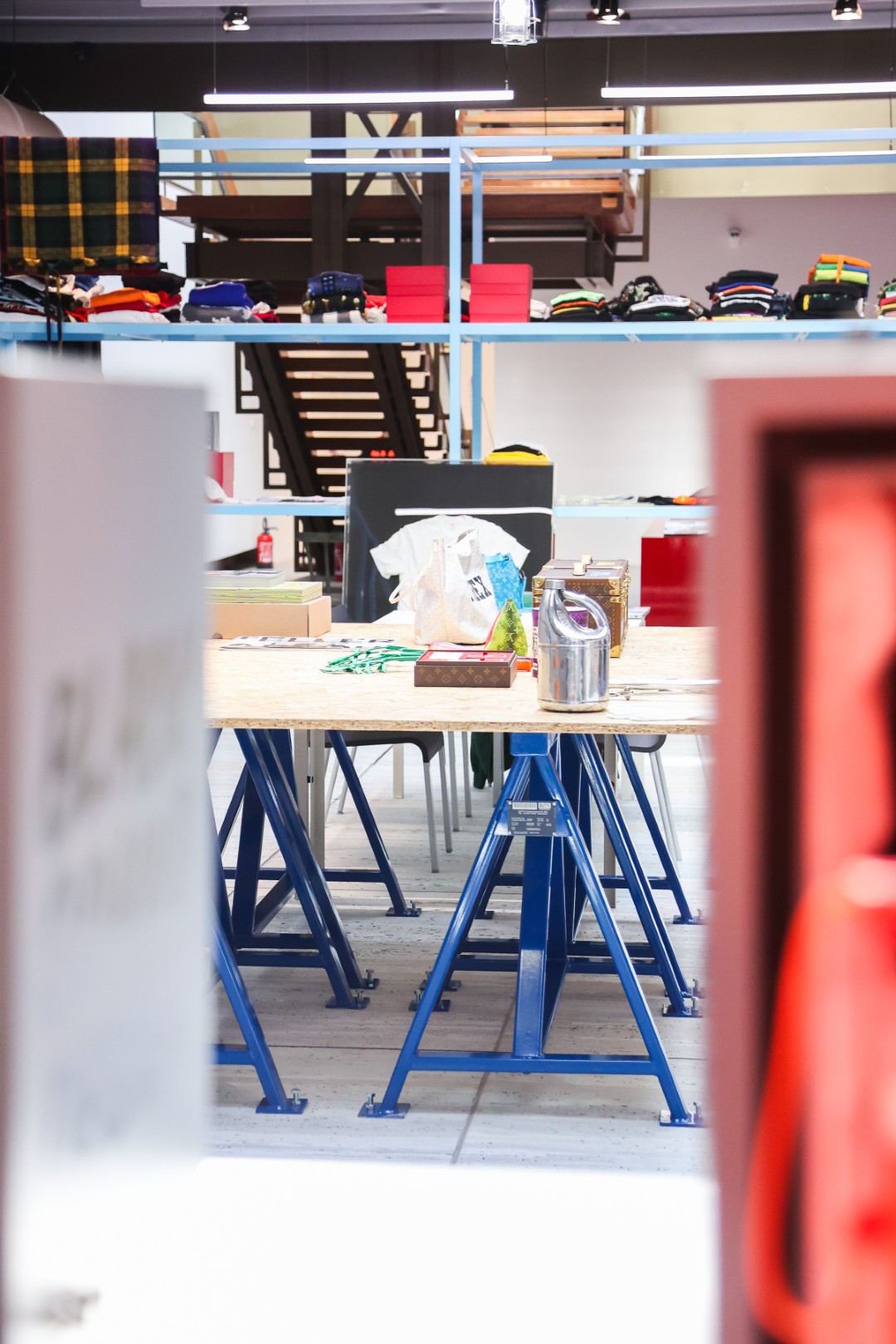
For more stories of art and culture, visit our dedicated pages and follow us on Instagram.
